The first of a multi-part series
by Eric Zelepugas
The Supreme Court made a unanimous decision recently in Alice Corp. v. CLS Bank Int’l, which related to the notion and unpatentability of abstract ideas. Specifically, the Supreme Court stated that ‘abstract ideas’ cannot become patentable by having a generic computer apply the ‘abstract idea.’ The impact of this statement, however, is that software or computer-implemented processes are becoming even harder to patent! To make matters worse, the Supreme Court also decided that it “need not labor to delimit the precise contours of the ‘abstract ideas’ category in this case.”
Abstract ideas are exempt from patentability under 35 U.S.C. 101. So what is incorporated into this ‘abstract idea’ category? Generally, a “principle, in the abstract, is a fundamental truth; an original cause; a motive; these cannot be patented, as no one can claim in either of them an exclusive right.”
In Bilski v. Kappos, we were told that a method for hedging against the financial risk of price fluctuations was an abstract idea. In Alice, software embodying a method of exchanging financial obligations between two parties using a computer as a third-party intermediary to mitigate settlement risk was held to be an abstract idea.
Interestingly enough, laws of nature, natural phenomena, and abstract ideas (all exempt from patentability) are the “basic tools of scientific and technological work.” In fact, at some level, “all inventions… embody, use, reflect, rest upon, or apply laws of nature, natural phenomena, or abstract ideas.” Therefore, new and useful applications of these ineligible concepts are eligible for patent protection.
To find a new and useful application of an abstract idea, the Supreme Court decides to look for an ‘inventive concept,’ which may be an element or combination of elements within a claim that amounts to significantly more than the abstract itself. However, the Supreme Court hasn’t defined the “precise contours” of what falls into the ‘abstract ideas’ category! How can we look for something more without first determining the precise contours of what we need more than? I’m reminded of The Sandlot: “Want a s’more? I haven’t had anything yet, so how can I have some more of nothing?”
Without guidance from the Supreme Court, we are left with a very subjective basis for determining what an abstract idea is. With this subjective basis, the USPTO has begun to reject more and more computer-implemented processes (software) by merely labeling them abstract ideas. Even further, the USPTO’s explanation of why these computer-implemented processes are abstract, is itself vague and abstract!
Not only do Applicants obtain little guidance from the Supreme Court (which the USPTO is using as a basis for rejections), but Applicants also obtain little guidance from the USPTO upon receiving a rejection! Until further information is given, Applicants with computer-implemented processes (software) are left in Wonderland.

